A terrarium is an enclosed container for displaying your plants. It is a great way to add some greenery to your home without having to worry about watering or sunlight. However, it’s crucial to put slow-growing plants into the terrarium as opposed to fast-growing ones.
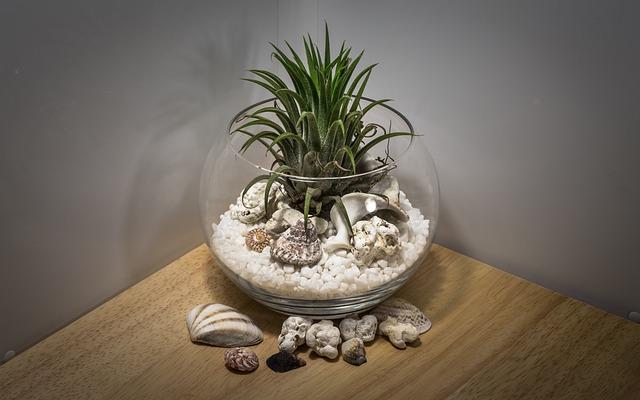
Slow-growing plants are perfect for a terrarium because they don’t need much attention and can survive in low-light conditions. You can enjoy the green scenery for a long time without worrying about the plants growing bigger than the terrarium. Thus, it’s important to know the best Slow-growing plants for a terrarium. We’ve highlighted some of them below.
With a little bit of research, you can find a plant that will thrive in your terrarium and add some beauty to your home.
The Benefits Of Slow-growing Plants For Terrariums
There are many benefits of having slow-growing plants in your terrarium.
- One of the benefits is that they do not require as much maintenance as fast-growing plants. That is, you won’t have to water or fertilize them as often, and you can go longer between trimming and pruning sessions.
- Another benefit of slow-growing plants is that they are typically more tolerant of adverse conditions. They can better withstand changes in temperature, light, and humidity levels. This is so because they’re less likely to die or experience stunted growth if there are fluctuations in their environment.
- Slow-growing plants also tend to be more drought-tolerant. They can survive periods of dryness better than fast-growing plants. This is beneficial if you live in an area with low rainfall or if you tend to forget to water your plants regularly.
- Slow-growing plants tend to be more pest-resistant. This is because they produce a thicker cuticle, or outer layer, that makes it more difficult for pests to penetrate. They also tend to produce more chemicals that repel pests.
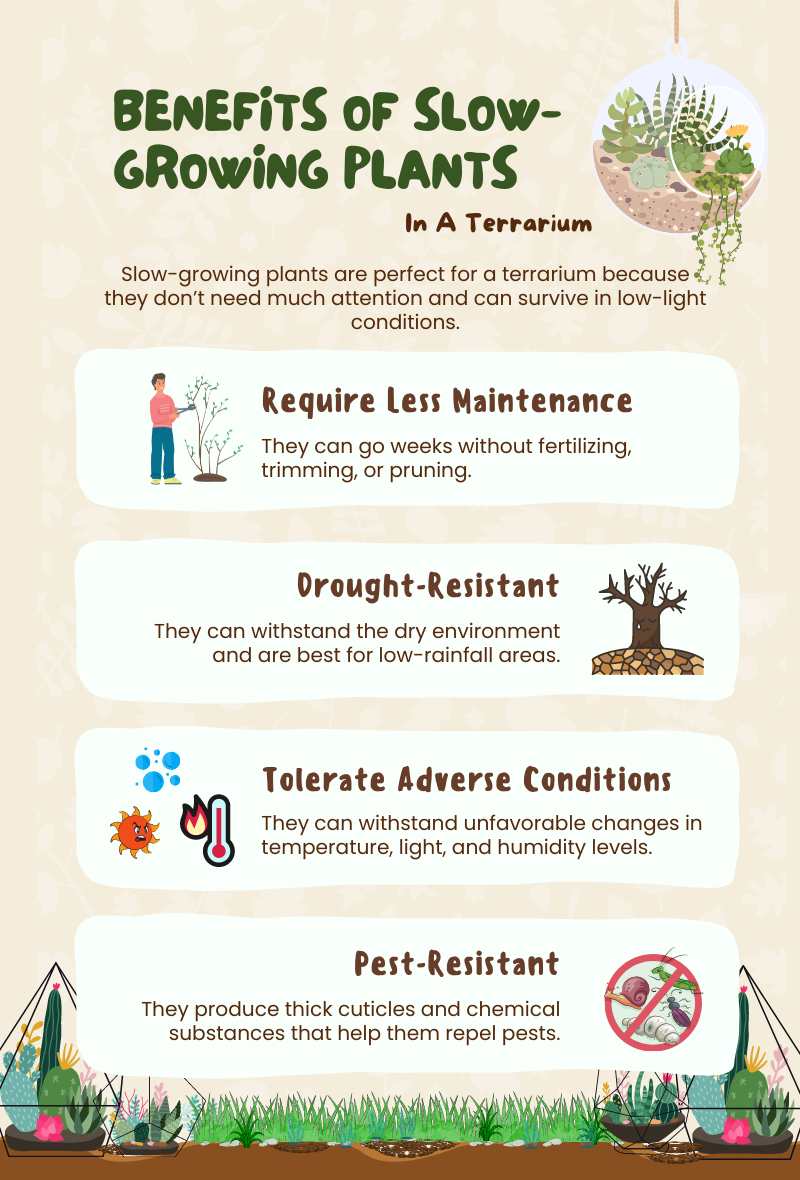
Different Types Of Slow-growing Plants For Terrariums
There are a variety of slow-growing plants that make great additions to terrariums. Here are five of the best options:
1. Ferns
Ferns are lovely, delicate plants that add a touch of elegance to any terrarium. They come in a wide range of colors and sizes, so it’s easy to find one that will fit your particular terrarium. Ferns grow best in humid environments, so be sure to mist them regularly.
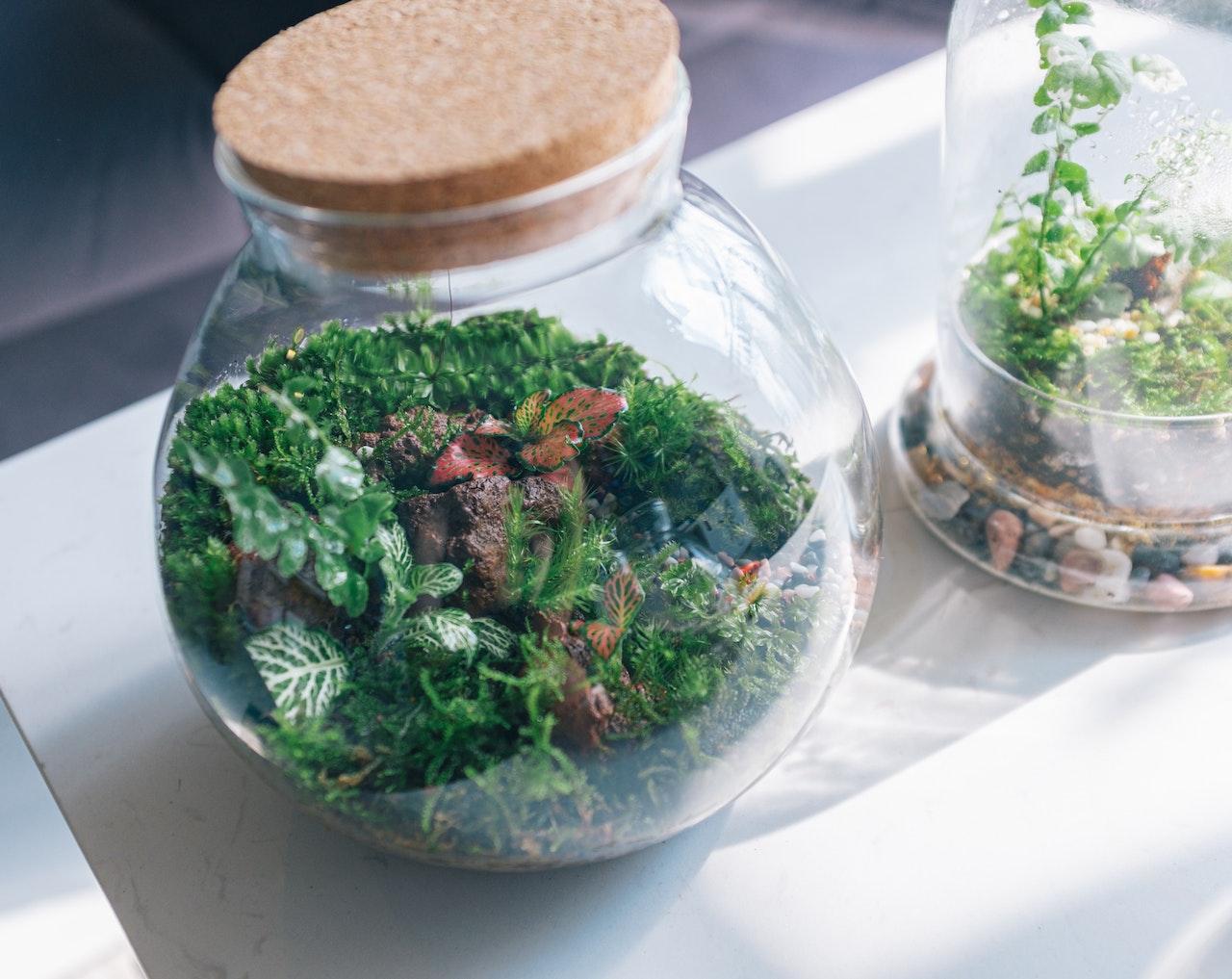
Credit: Pexels
2. Mosses
Mosses are another great option for terrariums. They come in a wide variety of colors and textures, so you can really experiment with them to create a unique look. Mosses don’t need a lot of light, so they are perfect for terrariums that don’t get a lot of sunlight.
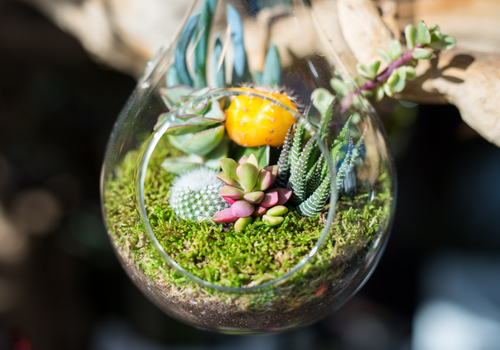
3. Orchids
Orchids are a beautiful, exotic option for terrariums. They come in a wide range of colors and sizes, so you can really make a statement with them. Orchids need a lot of light and humidity, so be sure to place them near a window and mist them regularly.
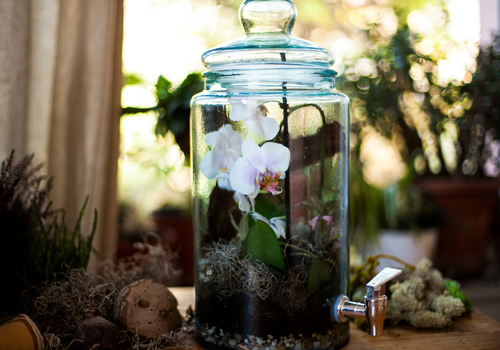
4. Lichens
Lichens are slow-growing plants that can tolerate hot, dry conditions. They don’t need a lot of light to grow, so they’re a good choice for low-light terrariums.
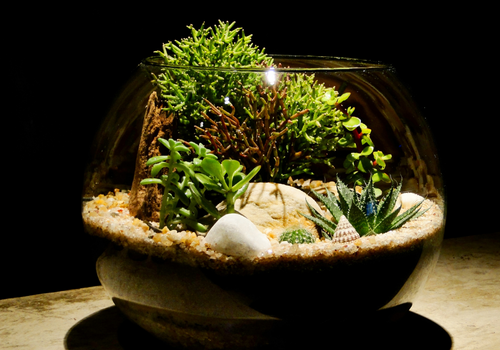
5. Cacti
Cacti are slow-growing plants that can tolerate hot, dry conditions. They need a lot of light to grow, so they’re a good choice for terrariums that are on the larger side or that get a lot of light.
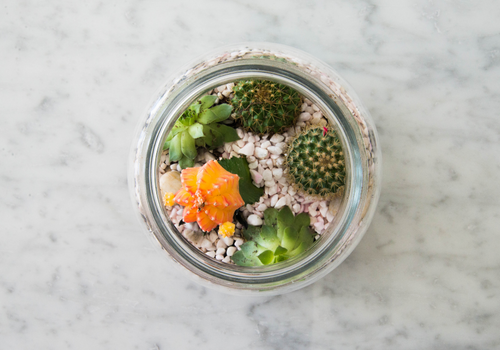
How To Pick The Right Slow-growing Plant For Your Terrarium
There are a few things to consider when picking a slow-growing plant for your terrarium.
- Consider the size of your terrarium. If you have a small terrarium, then you’ll want to pick a plant that doesn’t grow too large.
- Think about the climate of your terrarium. If you have a hot, dry terrarium, then you’ll want to pick a plant that can tolerate those conditions.
- Consider the amount of light your terrarium gets. If you have a low-light terrarium, then you’ll want to pick a plant that doesn’t need a lot of light to grow.
How To Care For Slow-growing Plants In A Terrarium
- Slow-growing plants need less water and fertilizer than fast-growing plants.
- When watering, use a spray bottle to avoid overwatering.
- Fertilize your plants every two to four weeks using a half-strength fertilizer solution.
- Place your terrarium in a location that receives indirect sunlight.
- Check your plants regularly for pests and diseases.
Common Mistakes When Growing Slow-growing Plants In A Terrarium
1. Overwatering
One of the most common mistakes people make when growing plants in a terrarium are overwatering. When the plants are in a closed environment, they will not dry out as quickly as they would in the open air. This can lead to root rot, which can kill the plant. It is important to check the soil before watering and only water when the soil is dry.
2. Inadequate Light
Another common mistake is not providing enough light. Slow-growing plants need at least 12 hours of light per day. If they do not get enough light, they will become etiolated, which means they will become long and thin. They may also stop growing altogether.
3. Too Much Light
However, too much light can also be a problem. If the plants are getting more than 12 hours of light per day, they may become sunburned. The leaves will turn red or brown and may eventually fall off.
4. Inadequate Humidity
Another mistake people make is not providing enough humidity. Slow-growing plants often come from tropical rainforests, so they need high humidity to thrive. If the air in the terrarium is too dry, the plants will suffer. They may become wilted and their leaves may turn brown and fall off.
5. Not Using the Right Soil
Another mistake people make is not using the right soil. Slow-growing plants need soil that is high in organic matter. If the soil is too sandy or too clayey, the plants will not be able to get the nutrients they need.
6. Not Using the Right Fertilizer
Another mistake people make is not using the right fertilizer. Slow-growing plants need a fertilizer that is high in phosphorus. If the fertilizer is too high in nitrogen, the plants will grow too quickly and may become leggy.
7. Not Pruning
Finally, many people forget to prune their slow-growing plants. Pruning is important because it helps the plant focus its energy on growing new leaves and flowers rather than on producing seeds.
Bonus Tips
- Use slow-growing plants for a terrarium as an indoor decoration.
- Place slow-growing plants for a terrarium in a sunny spot in your home.
- Water slow-growing plants for the terrarium regularly.
- Prune slow-growing plants for a terrarium as needed.
Conclusion
If you’re looking for a plant that will grow slowly and stay small, then a terrarium is a great option. Some of the best plants you can grow in a terrarium include mosses, ferns, orchids, etc. These plants are all easy to care for and will thrive in a terrarium environment. With a little patience, you’ll have a beautiful and unique plant display that will last for years.
Michelle Wilde
Related posts
1 Comment
Leave a Reply Cancel reply
![]()
About Michelle Wilde
Michelle Wilde is a stay-at-home mom and avid plant lover. Armed with a post-graduate degree in Computer Science (no kidding!), she loves researching plants and landscapes. When she is not caring for her 4 kids, she spends time on her passion for plants. She blogs at www.indoorplantschannel.com, the trusted source for indoor plants.
Learn more
Subscribe
* You will receive the latest posts and updates about indoor plants!
Search
Recent Posts
Categories
- Beginner Guides (10)
- FAQ (206)
- General (2)
- How-To Guides (212)
- Indoor Plants (214)
- Pest Management (2)
- Plant Problem Solutions (4)
- Seasonal Growing (2)
- Specialized Environments (2)
- Specific Plant Care (3)
- Technical Growing (2)
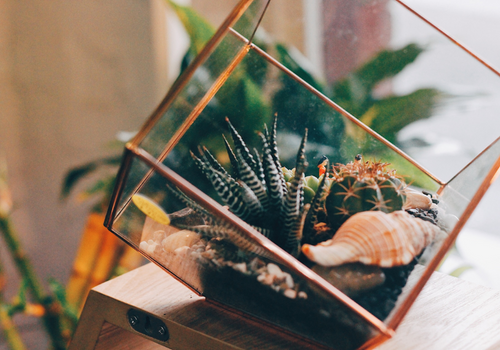
[…] 1 day ago 6 min read […]